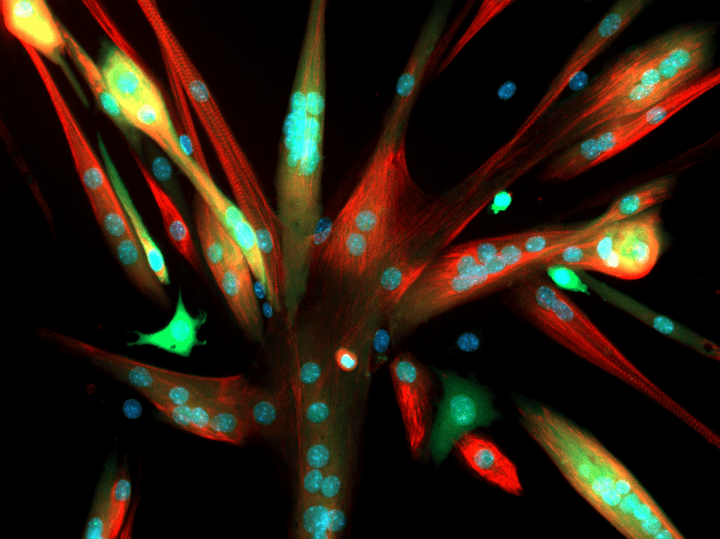Light-responsive soft material from Northwestern University has peptide arrays that contract and expand, creating movement.
Benefits
- Versatile
- Controllable
- Dynamic
Applications
- Medical treatment
- Environmental clean-up
- Autonomous repairs
UN Sustainable Development Goals Addressed
-

Goal 9: Industry Innovation & Infrastructure
The Challenge
Non-living objects are often inanimate because they are not made of living cells that communicate with each other. Additionally, they are usually made of stiff materials that are inflexible. In order to get this type of object to move, it often requires large amounts of electricity or complex hardware.
Innovation Details
The soft robotic material mimics the way muscles contract and relax to allow for movement. The material is made of nanoscale assemblies and networks that are activated by blue light. The peptides are designed to drain water molecules out of the material, helping during the movement process. When light hits the material, the polymer network shifts to become hydrophobic (water-repelling). This shift causes the material to push out water through the peptide assemblies, causing a contraction. When the light is turned off, the process is reversed, and the material relaxes. When the material alternates between contraction and relaxation, it moves in a controllable forward motion.

Biological Model
Mammals have muscles that contract and relax to allow limbs to move. Muscles are alerted to contract or relax by a signal sent by nerves, which causes the muscle to create chemical energy to fuel the requested movement.





